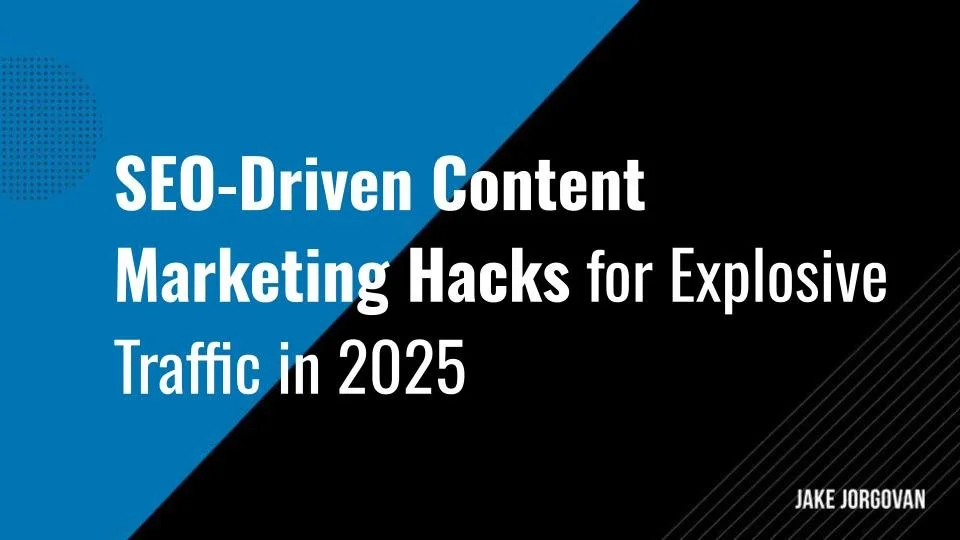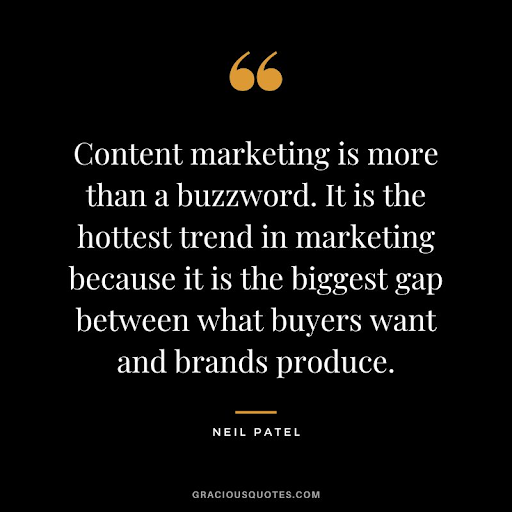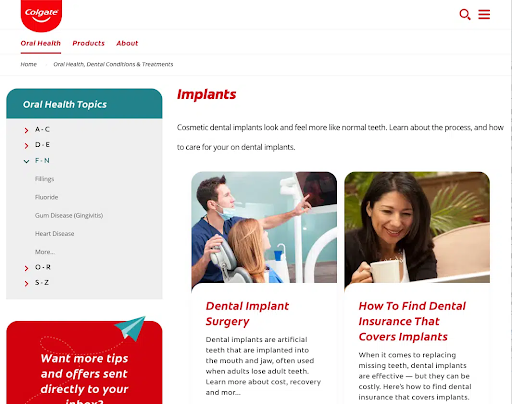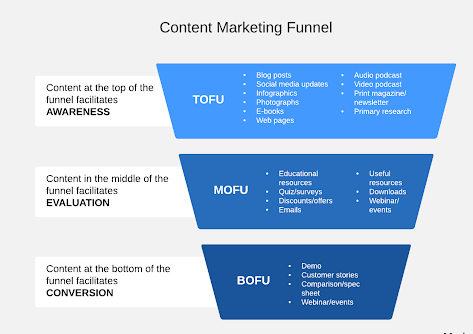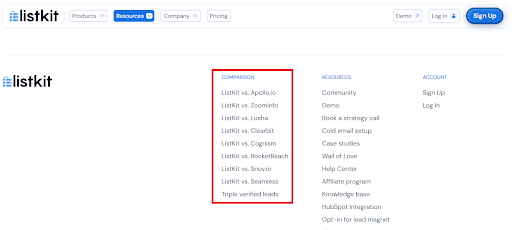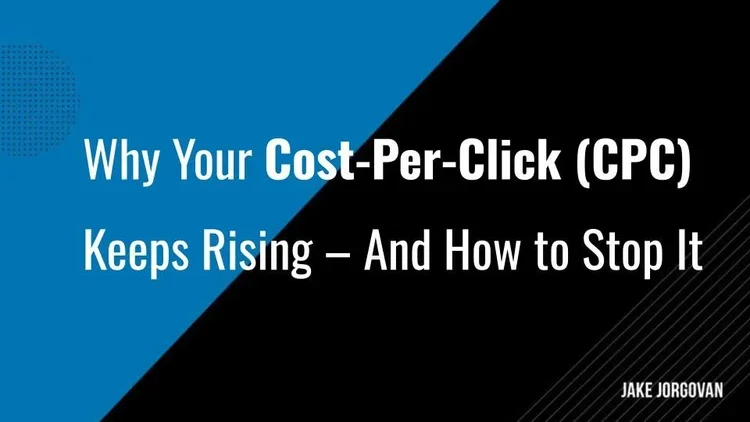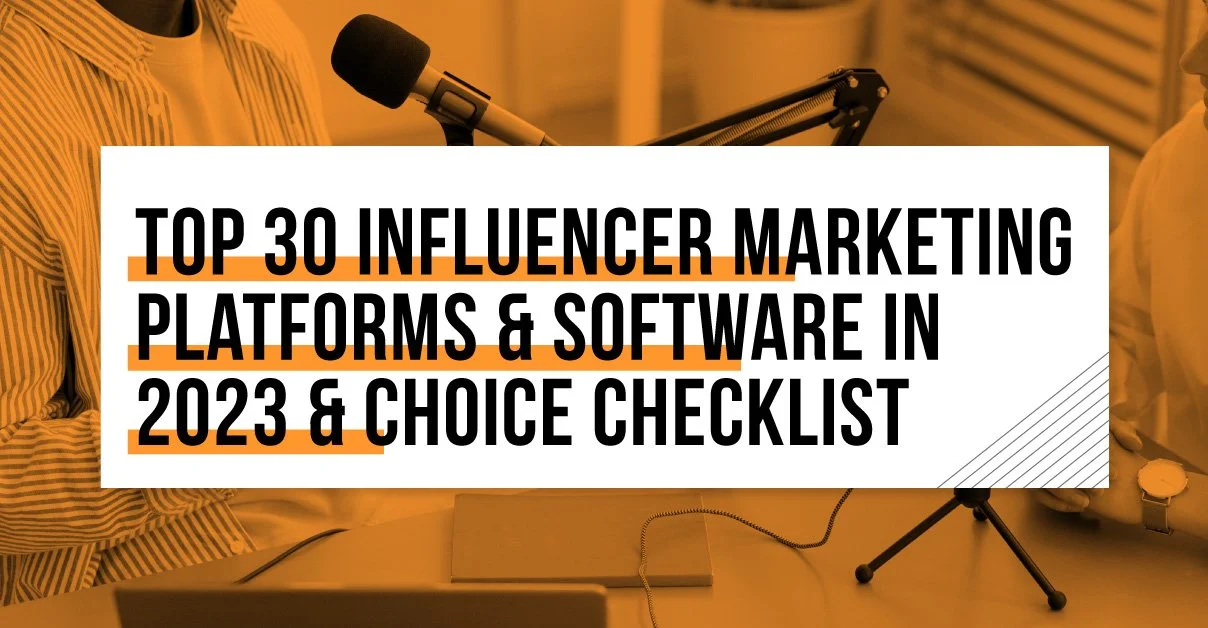SEO-Driven Content Marketing Hacks for Explosive Traffic in 2025
Most content gets published. Very little gets seen.
That’s the harsh reality, despite 68% of online journeys starting with a search engine, over 96.55% of content never earns traffic from Google.
The difference? Strategy.
SEO-driven content marketing bridges the gap between creation and discovery. It’s not about chasing algorithms, it’s about aligning what you publish with how people search.
When you combine Search Engine Optimization with strong content, you’re not just showing up. You’re showing up with purpose and earning real results.
What Is SEO-Driven Content Marketing?
SEO-driven content marketing is a strategic approach that integrates SEO techniques into content creation to increase a brand's online visibility, attract organic traffic, and engage potential customers.
This methodology is a definite winner for digital marketing managers, content strategists, and business owners. It essentially ensures that every idea/piece of content serves both user intent and search engine algorithms.
This way, it eventually ranks high on search engine result pages (SERP) and helps the company achieve its ultimate goal, such as selling a product or gaining a subscriber.
What Is SEO?
Search Engine Optimization, or SEO, is improving a website's visibility in SERPs to attract more organic traffic. In marketing, SEO is a critical component that helps bring content to the intended audience.
SEO typically involves optimizing various website elements, including content relevance, keyword usage, and technical aspects, to align with and get favored by the search engine algorithms.
This alignment helps search engines like Google understand the site's content and makes it more likely to appear in response to user queries. Considering that 66% of web referrals come from Google, it’s clear why SEO plays such a critical role in how people discover answers, products, and services online.
What Is SEO Content?
SEO content is content created with the primary goal of ranking in search engines. It can include various formats, such as blog posts, product pages, landing pages, and videos, all optimized to align with search engine algorithms and user search intent.
To succeed, SEO content must also be high-quality. That’s because Google prioritizes content that demonstrates E-E-A-T (expertise, experience, authoritativeness, and trustworthiness).
In fact, Google has rolled out major updates in 2024 that further favor quality content and penalize low-quality, spammy content, burying it deep down in the search rankings.
Benefits of SEO-Driven Content Marketing
Content is the backbone of SEO, and if you’re producing content for a business, you might as well make it SEO-driven. Here’s why:
Organic Traffic
With SEO content marketing, you can tap into organic traffic, and that’s the best kind of traffic. You’re essentially targeting the audience with an interest, so they’re more likely to convert. According to 49% of marketers surveyed by the Search Engine Journal, organic search has the highest return on investment (ROI).
Organic traffic is also cost-effective for lead generation, compared to advertising. By consistently producing high-quality content that addresses the needs and queries of your audience, you can attract and nurture leads without the ongoing costs associated with paid advertising.
Higher Visibility and Reach
SEO content also helps increase a brand’s visibility online with more clicks. For instance, featured snippets for queries on search engines have a click-through rate (CTR) of 42.9%.
Now, with the introduction of AI-generated overview, 52% of the sources are among the top 10 ranking pages, according to a Surfer SEO study. This shows that even AI Overviews rely on content already recognized as high-quality by Google’s core ranking system.
If your website ranks at the top, gets featured as a snippet, or is cited in an AI Overview, you gain valuable exposure, which, of course, is great from a marketing perspective.
Strong Brand Image and Trust
Creating valuable content that educates and informs your audience positions your brand as an authority in your industry. This builds trust with your audience and encourages other reputable websites to link to your content, which helps improve your backlink profile and domain authority.
Organic results get 94% of clicks on search engines, while paid ads capture only 6%. That’s primarily because most queries don’t have a commercial intent. Still, it also reflects a broader trend: users tend to trust organic results more. And that trust naturally extends to the brand behind the content.
Addresses User Concerns
Content marketing provides a way to give value to your potential and existing consumers.
When you focus on creating quality content for SEO, you’ll create content that is informative, engaging, and easy to navigate (if you do it right). That content will actually help users and deliver a good, beneficial experience for them, making them want to come back.
And a good experience further supports SEO. With a quality user experience, you reduce bounce rates and increase the time users spend on your site. This positive user behavior signals to search engines that your site is valuable.
Key Components of SEO-Focused Content Marketing
Here are the essential parts of an SEO-driven content marketing strategy:
1. Audience Understanding and Search Intent Alignment
Understanding your audience and their search intent (user intent) is the basis on which you build your entire SEO content strategy. By aligning your content with what users are actively seeking, you increase your website's visibility in search engines, attract more organic traffic, and increase the likelihood of converting visitors into customers.
The target audience, for the most part, depends on your business and what it provides. However, search intent can be a little more complex than that. Search intent refers to the underlying goal a user has when entering a query into a search engine.
Broadly, search intent can be categorized into four types:
Informational: The user seeks knowledge or answers to specific questions. According to a Penn State study, these account for 80% of all searches.
Navigational: The user intends to find a particular website or page.
Commercial: The user is considering a purchase and is researching options.
Transactional: The user is ready to make a purchase or complete a specific action.
Sometimes, search intent for certain queries can be mixed, which can make ranking for it that much more difficult.
The good news is that learning about search intent isn’t that difficult. You can look at the top 10 SERP results to understand what kind of intent the user query reflects. But there are tools for this as well. For instance, SEO.AI offers a free keyword search intent tool, specifically for short-tail keywords, which tend to be more vague.
2. Strategic Keyword Research
Keyword research involves identifying the terms and phrases users enter into search engines when looking for information, products, or services. By targeting these keywords, you can create content that resonates with user intent and improve your site's relevance and authority in the eyes of search engines.
You don’t want to focus too much on keywords with high search volumes. They give the impression that ranking for them means more traffic and conversions, but what some marketers fail to realize is that this feat can be quite challenging.
Instead, your SEO content can target more niche, low-volume keywords, especially if they’re long-tail keywords. These are more specific phrases that tend to have less competition and higher conversion potential. In fact, long-tail keywords make up around 70% of all search traffic.
Ubersuggest, Semrush, and Ahrefs are some of the most commonly used tools for keyword research.
3. Topic Clustering
A topic cluster consists of a central pillar page that provides a comprehensive overview of a broad subject, linked to multiple cluster pages that dive into specific subtopics.
Whether you’re doing SEO on your own or using an SEO agency, it’s best to create content to cover a cluster of topics. This approach improves site structure and gives opportunities for internal links (good for SEO). But most importantly, it establishes authority on the subject in the eyes of the search engine.
For example, Colgate, the oral health brand, identified the ‘oral implants’ topic cluster and created several related articles. These articles covered the topic comprehensively and answered common questions people have about oral implants. These pieces helped establish Colgate’s authority on the subject and have earned a coveted spot on the number one SERP.
4. Funnel-Aligned Content Creation
Don’t put all your efforts and content toward a single stage of the sales funnel. Create content tailored to each stage of the sales funnel to guide potential customers from initial awareness to final conversion.
Here’s a quick guide to the type of content that works and keywords that work for each funnel stage:
Top of the Funnel (TOFU): Awareness Stage
At this stage, the goal is to attract a broad audience and introduce them to your brand. Content should address common questions or problems your potential customers face.
Content types: Blog posts, infographics, social media updates, and videos.
Keywords: Focus on informational long-tail keywords such as "how to improve website traffic" or "what is SEO content."
Tools: Use Google Trends and AnswerThePublic to identify trending topics and questions in your industry.
Middle of the Funnel (MOFU): Consideration Stage
In the consideration stage, prospects are evaluating their options. Your content should highlight the benefits of your offerings and how they compare to competitors.
Content types: Case studies, white papers, webinars, and product comparison guides.
Keywords: Target commercial intent keywords like "best SEO tools for small businesses" or "content marketing strategies."
Tools: SEMrush or Ahrefs to analyze competitor content and identify keyword opportunities.
Bottom of the Funnel (BOFU): Decision Stage
At the decision stage, prospects are ready to convert. Content should focus on persuading them to choose your product or service.
Content types: Free trials, demos, customer testimonials, and detailed product information.
Keywords: Use transactional keywords such as "buy SEO software" or "request a content marketing consultation."
Tools: Implement Google Optimize to A/B test landing pages and calls-to-action for maximum conversions.
Pro tip: Monitor the key performance indicators at each funnel stage using Google Analytics, including metrics like bounce rate, time on page, and conversion rates to identify areas for improvement. You can also use this free bounce rate calculator from inBeat.
5. High-Quality Content Production
Of course, the quality of the content itself is crucial for SEO success and, therefore, a key component of content marketing. 72% of marketers consider publishing high-quality content the most effective SEO tactic.
High-quality content is well-crafted, informative, and provides value to the audience. It addresses the user's search intent, answers their queries comprehensively, and encourages engagement.
The quality requirement applies to all types of content, but perhaps most to written content, as it’s vital for SEO.
Quality is also important from the perspective of link building. If your content is authentic and helpful, it’s likely to get backlinks from authority websites.
“Good content that is relevant to a website's audience can also get inbound connections from other websites. For SEO, backlinks are essential since they tell search engines that your material is reliable and authoritative,” Manish Jane, CEO, Satkar Software Solution
You can use tools like Grammarly and Hemingway Editor to improve the quality of your blog posts.
6. On-Page SEO Optimization
On-page optimization is a critical component of an effective SEO-driven content marketing strategy. It involves fine-tuning various elements within your website to enhance visibility in search engine results, improve user experience, and drive organic traffic.
Here’s what on-page optimizations include besides the content optimization:
Title tags & meta descriptions: Keyword-rich title tags and meta descriptions for SERP clicks.
Header tags: H1, H2, and H3 tags to structure content logically for readability and search engines.
URL structure: Short, descriptive, and keyword-inclusive URLs.
Internal linking: Strategic internal links to guide users, distribute authority, and aid crawling.
Image optimization: Compressed images for speed and descriptive alt text with keywords for accessibility and context.
Mobile responsiveness: Web pages are optimized for mobile devices.
Page speed: Content pages load fast (this is part of technical SEO).
Schema markup: Structured data for SERP listings (rich snippets) and improved CTR.
Content freshness: Updated content to maintain relevance and signal authority to search engines.
Pro Tip: Use tools like Semrush's On Page SEO Checker to analyze your pages and receive actionable recommendations for optimization. This tool can help identify areas for improvement, such as missing meta tags, keyword usage, and content readability.
7 SEO Content Best Practices
Now that you know the key components that shape a strong SEO-driven strategy, let’s look at the best practices that make that strategy work in action.
1. Localize Your Content
Localization can be highly beneficial for SEO. After all, 46% of Google searches show local intent.
Localizing content takes into account language, culture, customs, and search behaviors of the local population. It goes beyond simple translation, aiming to make the content feel as though it was originally created for that particular region or community.
Here’s how to localize content for SEO:
Conduct local keyword research to identify the terms and phrases they use when searching for products or services like yours.
Adapt your language, tone, and messaging to align with local nuances and avoid anything that might be culturally inappropriate or confusing.
Incorporate local elements such as addresses, phone numbers, currency, and references to local landmarks or events where relevant.
2. Create Problem-Solving Content
Although your keyword and competitor research should guide your content strategy, try providing value to the customer by solving their problem.
For this, you can turn to your sales team and get insights on what leads often want to know or what pain points they express, and tailor your content around that.
For instance, listicles do very well in terms of SEO and can be a great way to make product or service hunting easier for your audience. You can list your own products as well as those of competitors.
While that may sound counterintuitive, such a listicle may help you rank higher and bring more organic traffic, which may end up buying your product despite having the option to go to competitors.
Similarly, for SaaS companies, “us vs. them” also works great, as it helps potential customers compare your product with that of competitors.
Take ListKit as an example. Their website features detailed comparison pages like ListKit vs. Apollo.io and ListKit vs. ZoomInfo. These help prospective customers make informed decisions while keeping ListKit’s value proposition front and center.
P.S. Struggling to get your SaaS brand in front of the right audience through search? Check out our curated list of the Top SaaS SEO Agencies to find the perfect partner that can actually move the needle.
3. Have Diversity in Content Type
Creating different types of content is essential for effective SEO-focused content marketing. With different formats, you cater to different user preferences and search intents, ultimately expanding your reach and improving engagement.
Blogging is a common tool for content marketing, and it can do wonders. Businesses that maintain active blogs experience 67% more monthly leads compared to those that don't. However, don’t limit yourself to plain text blogs. Incorporate other formats as well.
Video content is 53x more likely to generate an organic search ranking than text only. That’s because most traffic on the Internet goes to videos, and Google and other search engines know that.
4. Distribute Content on Multiple Channels
Distributing your content across multiple channels may help maximize its reach and impact beyond simply publishing it on your website.
By sharing your valuable content on various platforms, such as social media (Twitter, LinkedIn, Facebook, Instagram), email newsletters, relevant forums, industry websites through guest posting, and even repurposing it into different formats for platforms like YouTube (videos) or podcast directories (audio), you expose it to diverse audiences who may not have otherwise found it through organic search alone.
This wider distribution drives more direct traffic to your content and increases its chances of being seen, shared, and linked to by others. All of this, in turn, positively influences your brand visibility and indirectly signals to search engines that your content is valuable and authoritative.
Recent changes in Google’s algorithm have made social media platforms even important for SEO.
“The Google leak of 2024, which unveiled insights into the search giant’s algorithmic considerations, highlighted the growing importance of user engagement metrics – many of which are influenced by social media activity,” Kristopher Jones, CEO, LSEO
5. Use FAQ with Optimized Schema Markup
Adding a Frequently Asked Questions (FAQ) section to your web pages, coupled with optimized Schema markup, is a powerful technique to enhance both user experience and SEO.
An FAQ section directly addresses common questions your audience has, providing quick and valuable answers in one place.
With an FAQ Schema markup, you provide search engines with structured data that explicitly identifies the questions and answers on your page.
This allows search engines to potentially display your FAQs directly in the search results as a rich snippet or featured snippet. It makes your listing stand out and provides users with quick answers, often without needing to click through.
6. Consider All Your Web Pages
Consider all your web pages from an SEO perspective to maximize your site's overall search performance and authority.
While it's common to focus optimization efforts on key landing or product pages, neglecting other pages, such as service pages, blog archives, about us sections, or even less-trafficked informative pages, means missing valuable opportunities.
Every page on your website has the potential to attract relevant traffic, rank for specific keywords (including long-tail variations), and contribute to your site's internal linking structure, which helps search engine crawling and the distribution of page authority.
A holistic approach would be to make sure that technical issues are addressed site-wide, content quality is consistent, and the user experience is optimized across the entire domain. This will build a stronger and more visible online presence that can capture a wider range of search queries and guide users through their journey effectively.
7. Keep in Mind the Constantly Evolving SEO Algorithms
Search engines are constantly updating their algorithms to assess, evaluate, and rank content. And now with Artificial Intelligence (AI) in the mix, things will change faster than you can expect.
What worked for SEO last year, or even last month, may not be as effective today. It goes without saying that anyone involved in SEO must stay informed about these changes through official announcements, reputable industry sources, and continuous experimentation.
Staying on top of algorithm updates allows you to adapt your strategies, identify potential impacts on your rankings, and guarantee your website remains optimized according to the latest best practices. It ultimately safeguards and improves your search performance.
Win with the SEO + Content Combo
Most brands struggle with content that sounds great but ranks nowhere. That frustration stems from missing the SEO strategies that connect content with actual search demand.
By applying SEO-driven content marketing, you don’t just create, you get discovered. That’s the beauty of it!
A good place to start is to consult with a content marketing agency. A professional agency can design and implement a content marketing + SEO strategy that will, in time, bring your content and brand to the front.
FAQs
How do I find keywords for my content?
You can use tools like Google Keyword Planner, WordStream's Free Keyword Tool, and SEMrush to identify relevant keywords with high search volume and manageable keyword difficulty. These tools help uncover long-tail keywords that align with your content marketing strategy, ensuring your content reaches the intended audience.
How do I create high-quality content that ranks?
High-quality content should be informative, engaging, and tailored to your audience's needs. Incorporate relevant keywords naturally, use clear headings, and ensure your content addresses specific search queries. Tools like Yoast SEO and Grammarly can assist in optimizing your content for readability and SEO.
What is "search intent," and why is it important for SEO content?
Search intent refers to the reason behind a user's search query. It helps understand whether a user is looking to buy (transactional intent), learn (informational intent), or navigate to a specific site (navigational intent), which then allows you to create content that meets their needs.
Aligning your content with search intent improves user engagement and boosts your search engine rankings.
How long does it take to see results from SEO-driven content marketing?
SEO is a long-term investment. Typically, it takes 3 to 6 months to start seeing significant improvements in organic traffic and search rankings. However, this timeline can vary based on factors like competition, content quality, and the effectiveness of your SEO strategy.
What are some common challenges in SEO-driven content marketing?
Some common challenges in SEO content marketing include:
Staying updated with constantly evolving SEO algorithms
Creating content that aligns with user intent
Building a beneficial backlink profile.
Regular audits and using tools like Google Search Console can help you identify and address these issues.
How does technical SEO relate to content marketing?
Technical SEO ensures that your website is structured in a way that search engines can crawl and index effectively. This includes optimizing site speed, mobile responsiveness, and internal linking. A solid technical foundation increases the visibility of your content, making your content marketing efforts more effective.
Is content length important for SEO?
While there's no one-size-fits-all answer, longer content often provides more comprehensive information, which can improve rankings. However, when it comes to SEO, quality trumps quantity. Check that your content thoroughly addresses the topic and provides value to the reader, regardless of length.
Do I need to update old content for SEO?
Yes, regularly updating existing content can improve its relevance and search rankings. Refreshing content with new information, updated keywords, and current data makes sure it continues to meet user needs and aligns with search engine algorithms.
Can I use AI to create SEO content?
AI tools like Jasper and Copy.ai can assist in generating content ideas and drafts. However, human oversight is still important for ensuring the content matches your brand voice and provides genuine value. AI can increase speed and efficiency, but quality content creation still requires a human touch.
How much does SEO-driven content marketing cost?
The cost of SEO content marketing can range between $1,500 and $5,000 per month for small to mid-size businesses. It varies based on the scope and scale of your efforts. Outsourcing SEO is typically cheaper than doing it in-house with several dedicated employees.
How often should I publish new content?
Try to publish new content at least once a week. Consistency is key in content marketing, but there’s no hard and fast rule either. You should post according to your ability and resources.
Regular publishing keeps your website fresh, encourages frequent indexing by search engines, and provides more opportunities to rank for various keywords.
